Myrkdal & Vik in Sognefjord
Discover the unique history and architecture of two of Norway’s most remarkable medieval churches — Hopperstad Stave Church and Hove Stone Church — located in Vikøyri, Vestland. This blog post explores the differences between Norway’s iconic wooden stave churches and Romanesque stone churches, with detailed insights into their origins, restorations, and cultural significance. Perfect for travelers, history enthusiasts, and architecture lovers planning a visit to the Norwegian fjords. Learn why these 12th-century churches are must-see heritage sites in Norway.
NORWAY
Zayera Khan
4/26/20252 min read
We began our journey along the E16 toward Vinje, before turning onto the scenic Route 13 that winds its way through Myrkdalen. The drive was stunning—surrounded by dramatic mountain landscapes, mirror-like lakes, and peaceful farmland. As we climbed toward Vikafjell, the views opened up to reveal sweeping panoramas of the fjord region.
Descending into Vik, we made our first stop at two of Norway’s hidden architectural treasures: the Hopperstad Stave Church and the nearby Hove Stone Church. These medieval churches, one built in wood and the other in stone, stand as powerful reminders of Norway’s rich religious and cultural history.
In the village of Vik, we explored the harbor area and the landing point for cruise ships that bring visitors from around the world to this tranquil fjord-side town. After a short walk and some sightseeing, we continued our drive to Vangsnes, taking in more beautiful views along the way, before returning to Voss to complete our day trip.



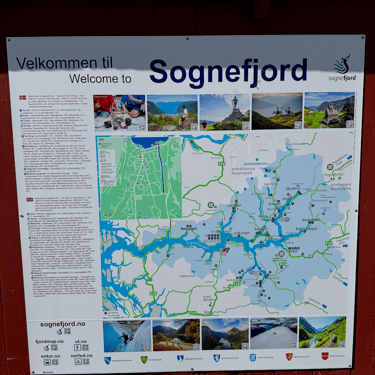

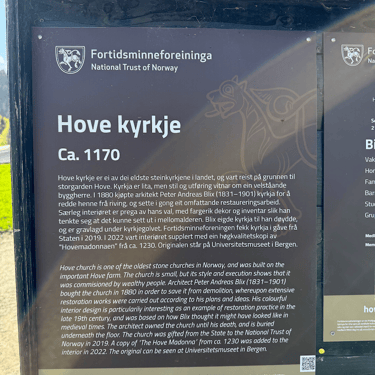
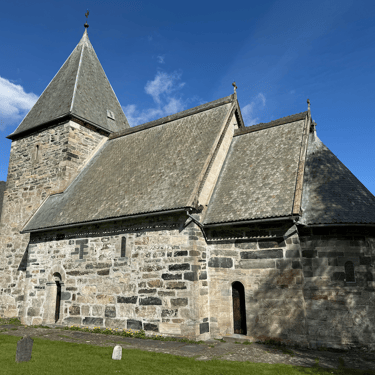
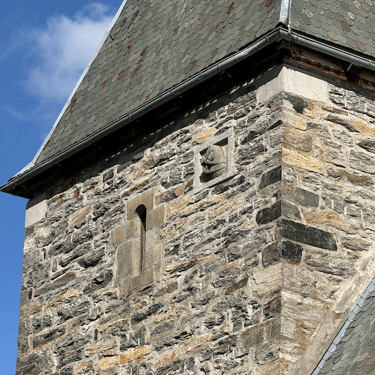

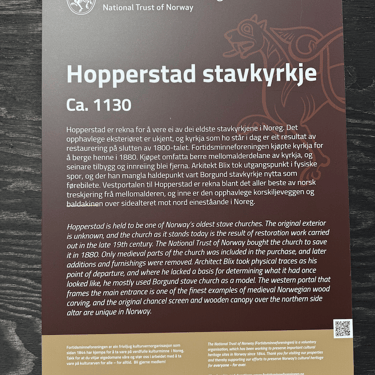
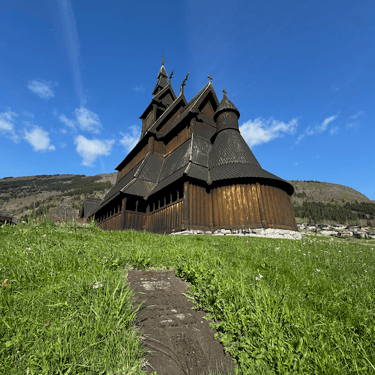
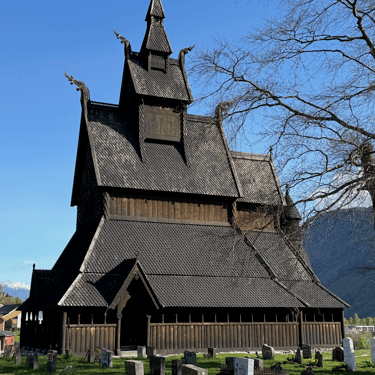

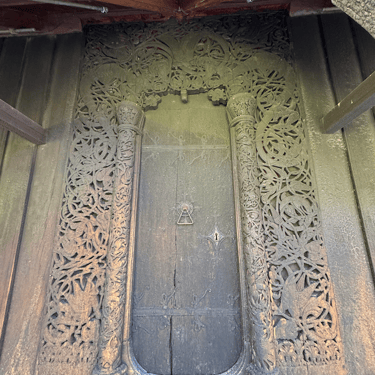

Norway's Medieval Masterpieces: Hopperstad Stave Church and Hove Stone Church
Nestled in the picturesque village of Vikøyri in Vestland County, Norway, stand two remarkable testaments to medieval architecture and religious devotion: the Hopperstad Stave Church and the Hove Stone Church. These edifices, dating back to the 12th century, offer invaluable insights into Norway's ecclesiastical and architectural heritage.
Hopperstad Stave Church: A Testament to Wooden Craftsmanship
Believed to have been constructed around 1130, the Hopperstad Stave Church is among Norway's oldest surviving stave churches. Situated on its original site in Vikøyri, this wooden church exemplifies the stave church architectural style, characterized by its vertical wooden boards (staves) and intricate wood carvings. The church's design features a triple nave and a raised central section, reflecting the Sogn-type stave church style prevalent in the region.
Throughout its history, the Hopperstad Stave Church underwent various modifications. By the late 19th century, it had fallen into disrepair. Recognizing its historical significance, architect Peter Andreas Blix spearheaded a restoration between 1885 and 1891, aiming to return the church to its presumed original appearance. Blix's restoration was informed by remnants of the original structure and comparisons with other stave churches, notably the Borgund Stave Church.
Today, the church is under the care of the Society for the Preservation of Ancient Norwegian Monuments (Fortidsminneforeningen) and remains a symbol of Norway's rich medieval heritage .
Hove Stone Church: A Romanesque Stone Marvel
Approximately 1.5 kilometers from the Hopperstad Stave Church lies the Hove Stone Church, a Romanesque stone church constructed around 1170. Built primarily from soapstone sourced from the nearby Arnafjord, the church showcases the Romanesque architectural style, evident in its rectangular nave, apse-ended chancel, and west tower.
The church's modest size is contrasted by its exquisite craftsmanship, suggesting it was commissioned by a wealthy patron. Over time, the Hove Stone Church faced the threat of demolition. In 1880, architect Peter Andreas Blix intervened, purchasing the church and initiating restoration efforts to preserve its historical and architectural integrity.
Since 2019, the Hove Stone Church has been under the stewardship of the Fortidsminneforeningen, ensuring its continued preservation for future generations .
A Dual Legacy in Vikøyri
The proximity of the Hopperstad Stave Church and the Hove Stone Church in Vikøyri offers a unique opportunity to explore two distinct architectural styles from Norway's medieval period. While the Hopperstad church represents the wooden stave tradition, the Hove church exemplifies Romanesque stone construction. Together, they provide a comprehensive glimpse into the religious and architectural developments of 12th-century Norway.
Visitors to Vikøyri can immerse themselves in this rich history, appreciating the craftsmanship and cultural significance of these enduring monuments.

